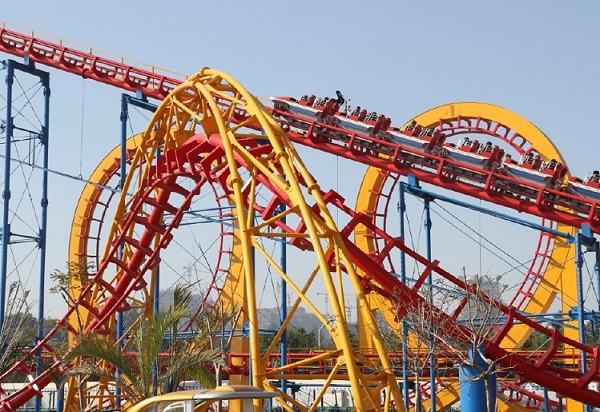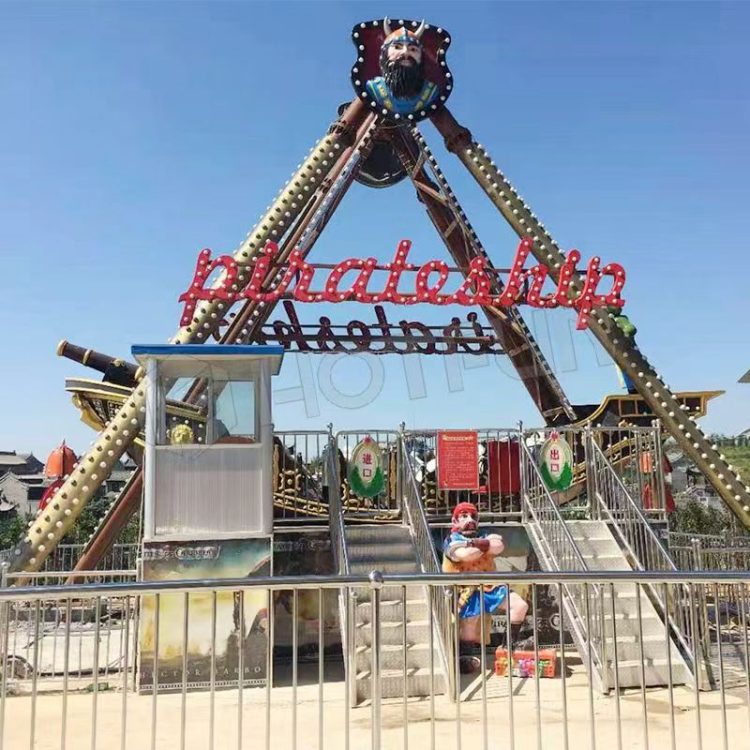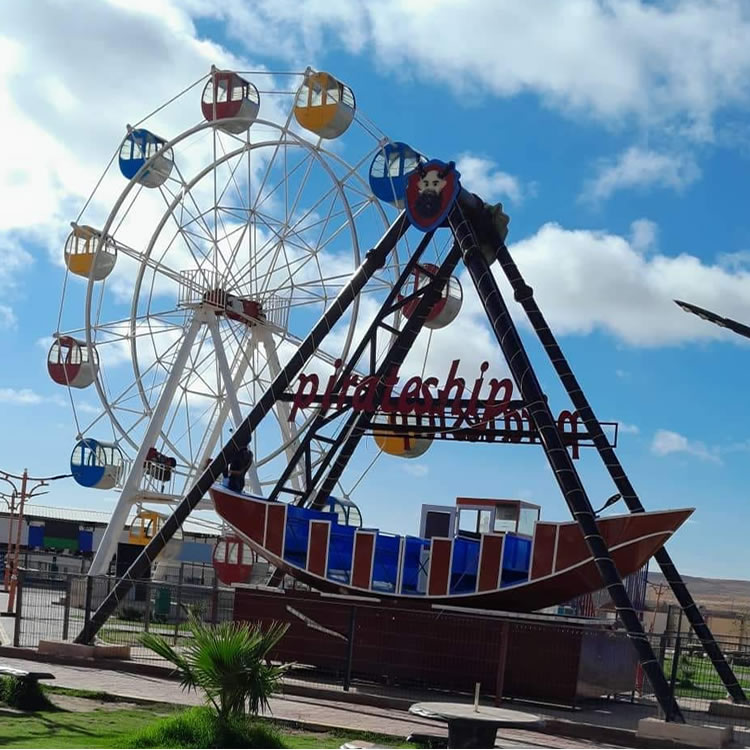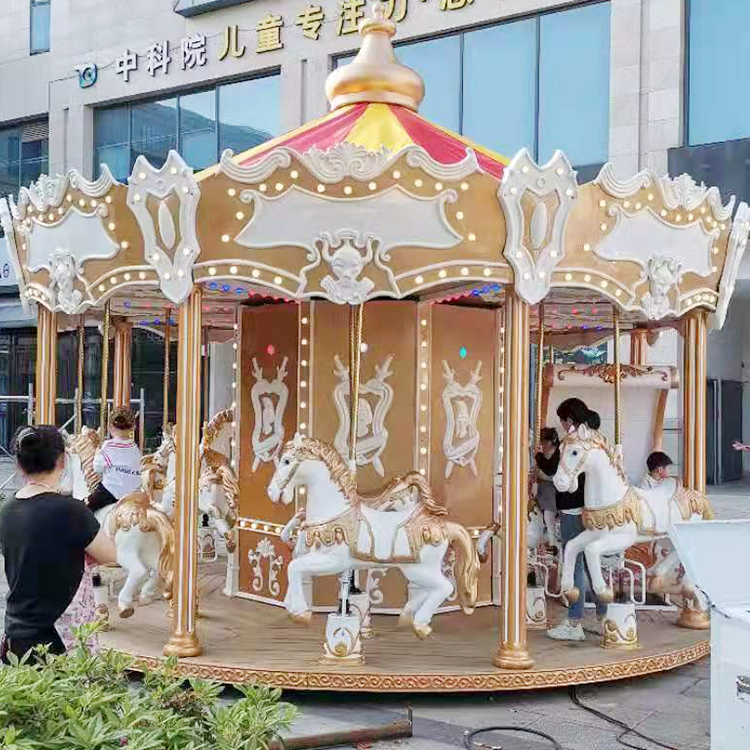High Quality Products & Services for Your Business
Title: A Buyer’s Guide to Amusement Ride Suppliers Part 1: The Foundational Checklist
The journey of bringing a new amusement ride to your park, carnival, or family entertainment center (FEC) is one of the most exciting investments you can make. It’s a promise of new thrills, wider smiles, and increased visitor footfall. However, the success of this investment hinges on a decision that comes long before the first bolt is tightened: choosing the right supplier.

In a global market teeming with manufacturers, telling the difference between a fleeting vendor and a long-term partner can be challenging. The quality of the supplier is just as important as the quality of the ride itself. This three-part series will serve as your comprehensive guide to navigating this critical process, ensuring you select a partner that prioritizes safety, reliability, and your ultimate success.
In this first part, we will focus on the foundational pillars you must evaluate before diving into specific products or technical details.
1. Proven Experience and Industry Reputation
In the amusement industry, experience is not just a number—it’s a testament to stability, trustworthiness, and a deep understanding of market dynamics. A supplier who has been in the business for many years has likely weathered economic shifts, adapted to evolving safety standards, and, most importantly, has a portfolio of satisfied clients.
What to look for:
- Years in Business: A long-standing history often correlates with a reliable track record.
- Client Portfolio & Case Studies: Ask for a list of parks or projects they have supplied. Reputable manufacturers like HOTFUN are proud to showcase their successful installations around the world. Look for case studies that detail the project scope, challenges, and outcomes.
- Testimonials and References: Don’t hesitate to ask for client references. Speaking to a current park owner who has experience with the supplier can provide invaluable, real-world insights into their professionalism and product performance.
A supplier’s reputation is built over years of consistent delivery. A strong, positive presence in the industry is a clear indicator that you are dealing with a serious and professional organization.
2. Verifiable Manufacturing Capabilities and Scale
A glossy catalog can be deceiving. The true measure of a supplier’s capability lies within its production facility. The scale and sophistication of their manufacturing base directly impact product quality, production timelines, and the ability to innovate. A supplier with a substantial, well-equipped production base demonstrates a significant commitment to the industry.

What to look for:
- Facility Size and Equipment: Ask about the size of their production base. A large facility, such as HOTFUN’s multi-acre campus, indicates the capacity for large-scale production and handling multiple complex projects simultaneously. Inquire about their machinery—do they use modern technology like CNC (Computer Numerical Control) machines for precision cutting, robotic welding for consistency, and dedicated workshops for fiberglass, painting, and assembly?
- In-House Processes: A supplier that controls most of its manufacturing process in-house, from steel fabrication to fiberglass molding and final assembly, has greater control over quality at every stage. This reduces reliance on third-party contractors and minimizes the risk of inconsistent quality.
- Virtual or In-Person Factory Tours: A confident manufacturer will be happy to show you their operations. If an in-person visit isn’t feasible, ask for a detailed virtual tour. This transparency is a hallmark of a trustworthy partner.
3. Breadth and Depth of Product Portfolio
While you may only be looking for one specific type of ride today, the supplier’s complete product portfolio reveals a lot about their design expertise and engineering depth. A company that produces a wide variety of rides—from towering thrill rides and classic roller coasters to gentle family rides and engaging kiddie attractions—possesses a versatile and experienced engineering team.
What to look for:
- Variety of Categories: Do they offer rides for different target demographics? A supplier that offers hundreds of models, covering thrill, family, and children’s categories, demonstrates a comprehensive understanding of what makes a park successful.
- Innovation and New Designs: Check their “News” or “New Products” section. Is the supplier actively developing and launching new concepts, or are they only offering designs that are decades old? A commitment to innovation shows they are invested in the future of the industry and can provide you with a competitive edge.
- Customization Capabilities: Every park has a unique theme and footprint. A top-tier supplier should be able to work with you to customize colors, themes, and even ride layouts to perfectly match your vision.
Conclusion to Part 1
Choosing a supplier is the first and most critical step in your purchasing journey. By starting with this foundational checklist—verifying their experience, assessing their manufacturing power, and analyzing their product portfolio—you build a strong base for your decision-making process. You are not just buying steel and fiberglass; you are investing in a partnership.
Related recommendations
-
How to scientifically select a pirate ship amusement ride? HOTFUN breaks down the key points for you
251As a classic attraction in amusement parks, scenic spots, and theme parks, pirate ships have long been a favorite among visitors of all ages for their thrilling and entertaining experiences. However, for amusement park operators and investors in c...
View details -
Must-Have Amusement Rides for Modern Theme Parks: A 2025 Customer Guide
305Explore the most popular mechanical amusement rides for theme parks in 2025. Learn how to select the right rides, what customers value most, and how to connect with global suppliers like HOTFUN.
View details -
The Thrill of Amusement Park Pirate Ship Rides
1160IntroductionAmusement park pirate ship rides, often referred to as “swinging ship rides” or “pirate ship swings,” are a staple in many amusement parks and carnivals around the world. These rides, designed to mimic the motion of a ship on rough se...
View details -
How to Keep Carousels Looking New with Simple Maintenance Tricks
177Discover easy carousel maintenance tips to keep your ride shining like new. Learn cleaning, lubrication, and protection tricks to extend service life and reduce repair costs.
View details
 chinaparkrides
chinaparkrides






Leave a Reply